Aix-en-Provence
Plus Marseille Day Trip
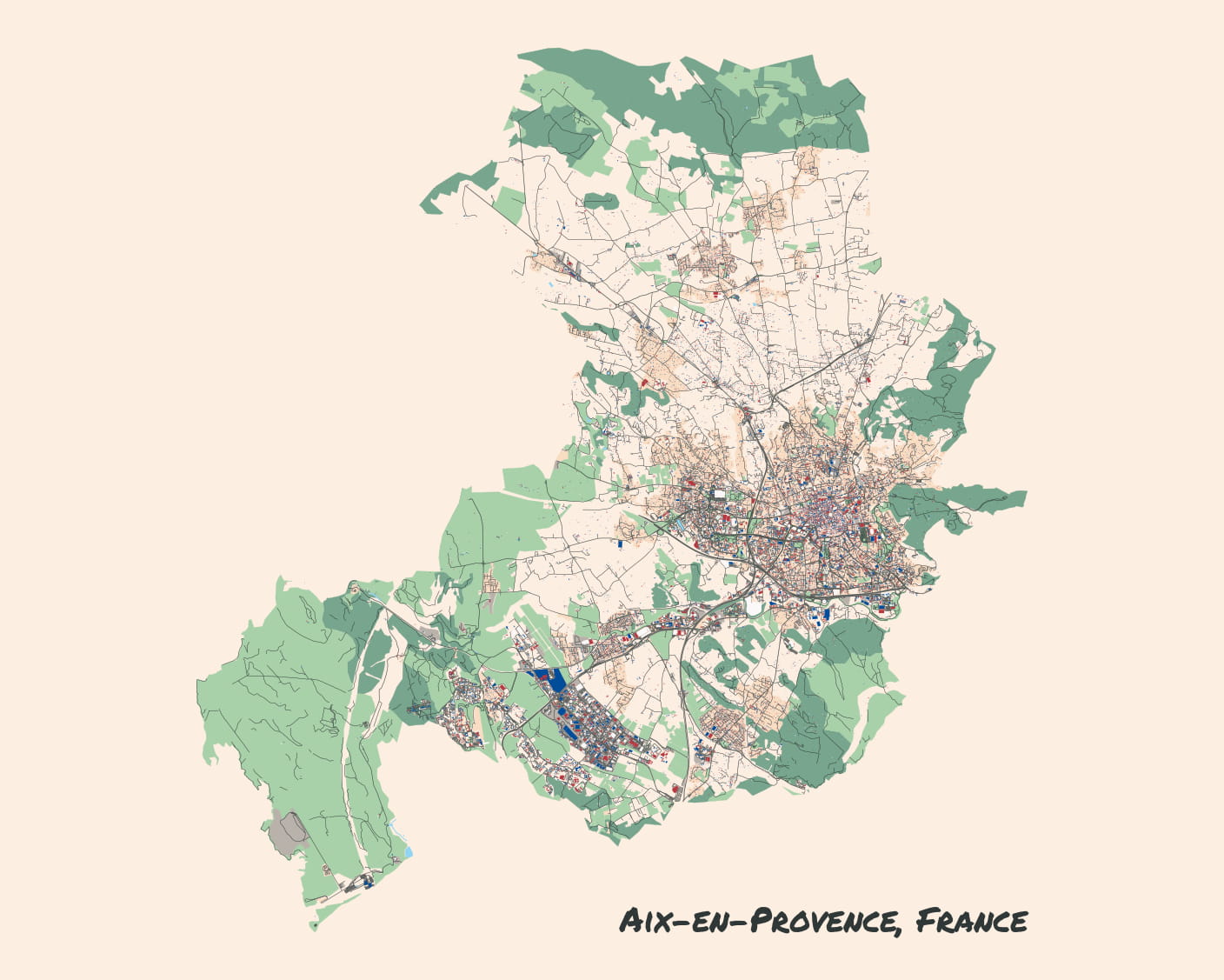
Just call it “Aix,” pronounced like the letter X.
I felt like I didn’t quite connect with Aix.
It’s hard to judge cities when so much of one’s experience is coincidences: who you know, who you meet, what you do, what happens (or doesn’t) when you visit all of the locations you do.
With that said, I think you can get a sense of how approachable a city is to an outsider with your own priorities.
Anyway, more on that whole topic some other time. Aix had a gazillion fountains and a lovely outdoor food market near where we stayed.
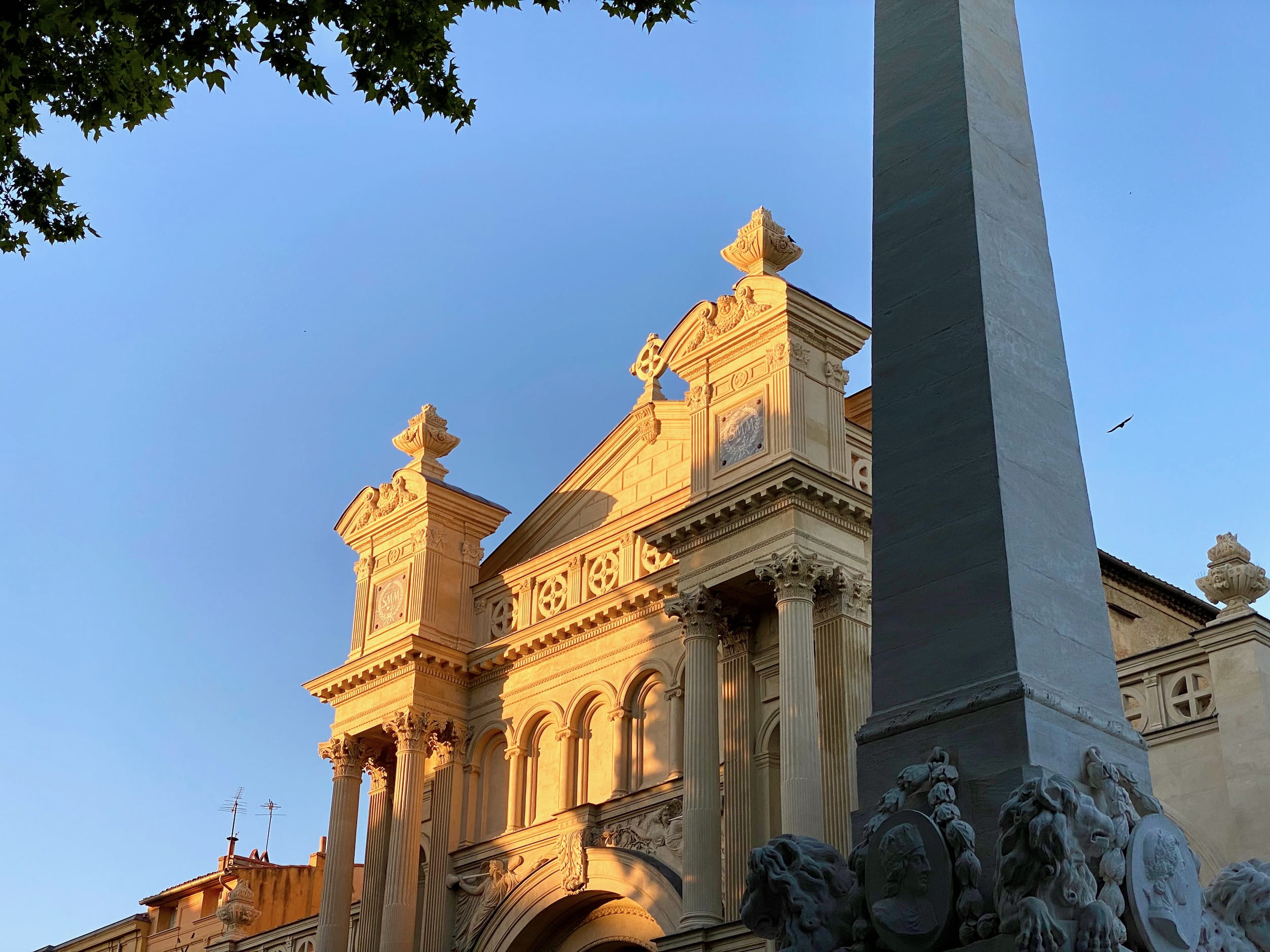
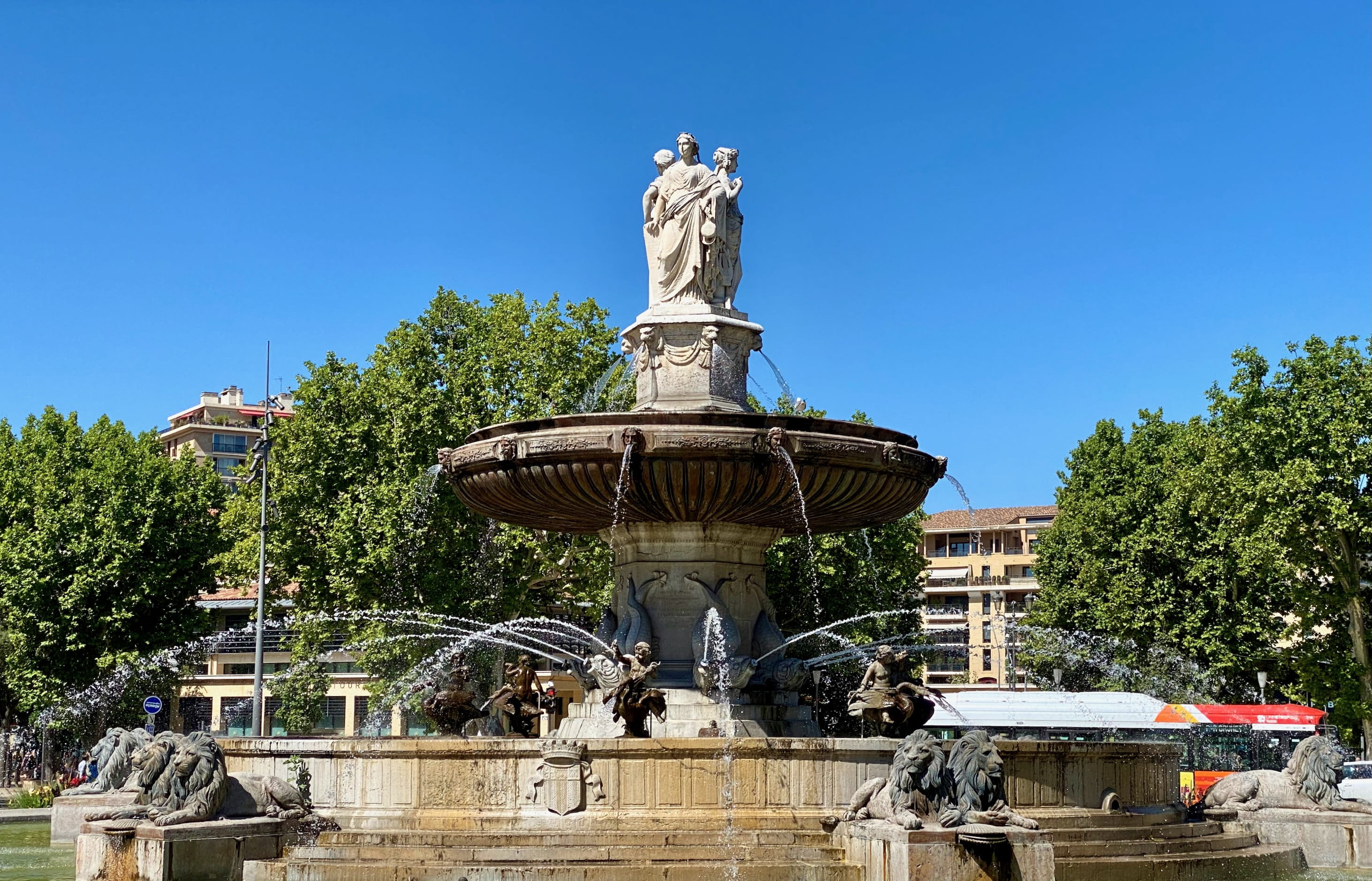
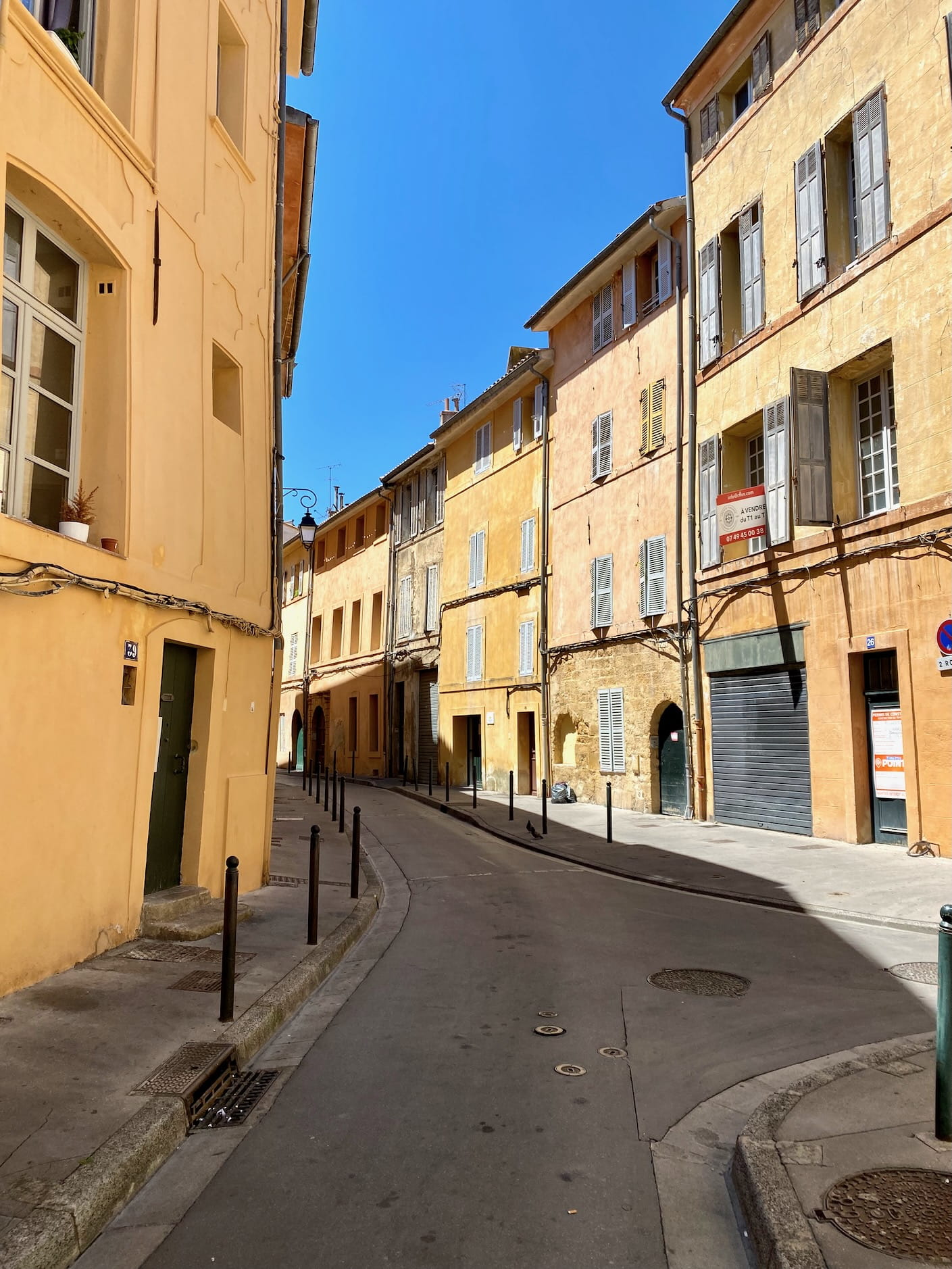


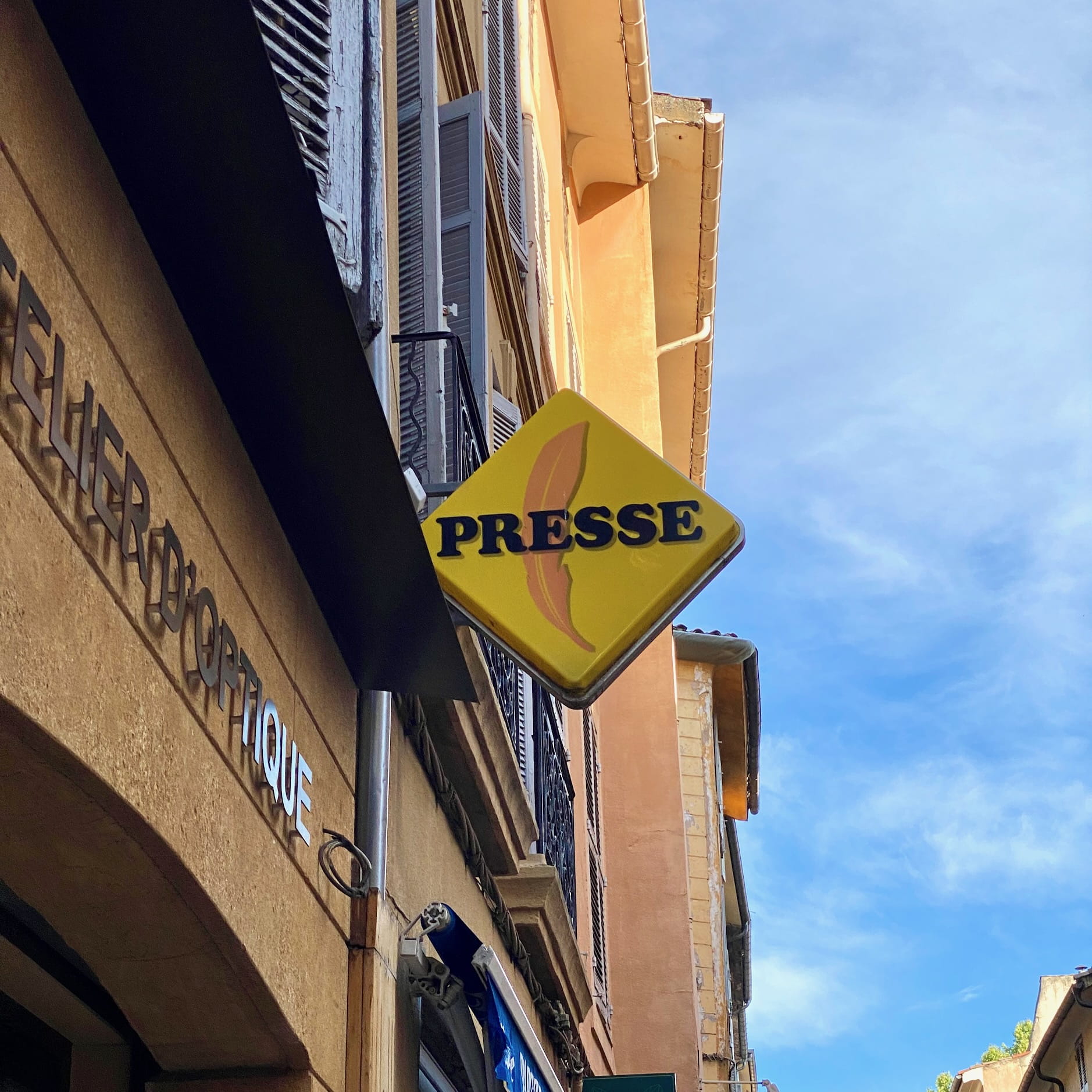
Top: Left: These little clam-shaped cakes are called madeleines. There's a place here that specializes in them. Wikipedia says they originate from elsewhere (NE France). 🤷♂️ Bottom: Right: RIP Café Presse. I actually never knew what the yellow sign meant—it indicates a news seller.
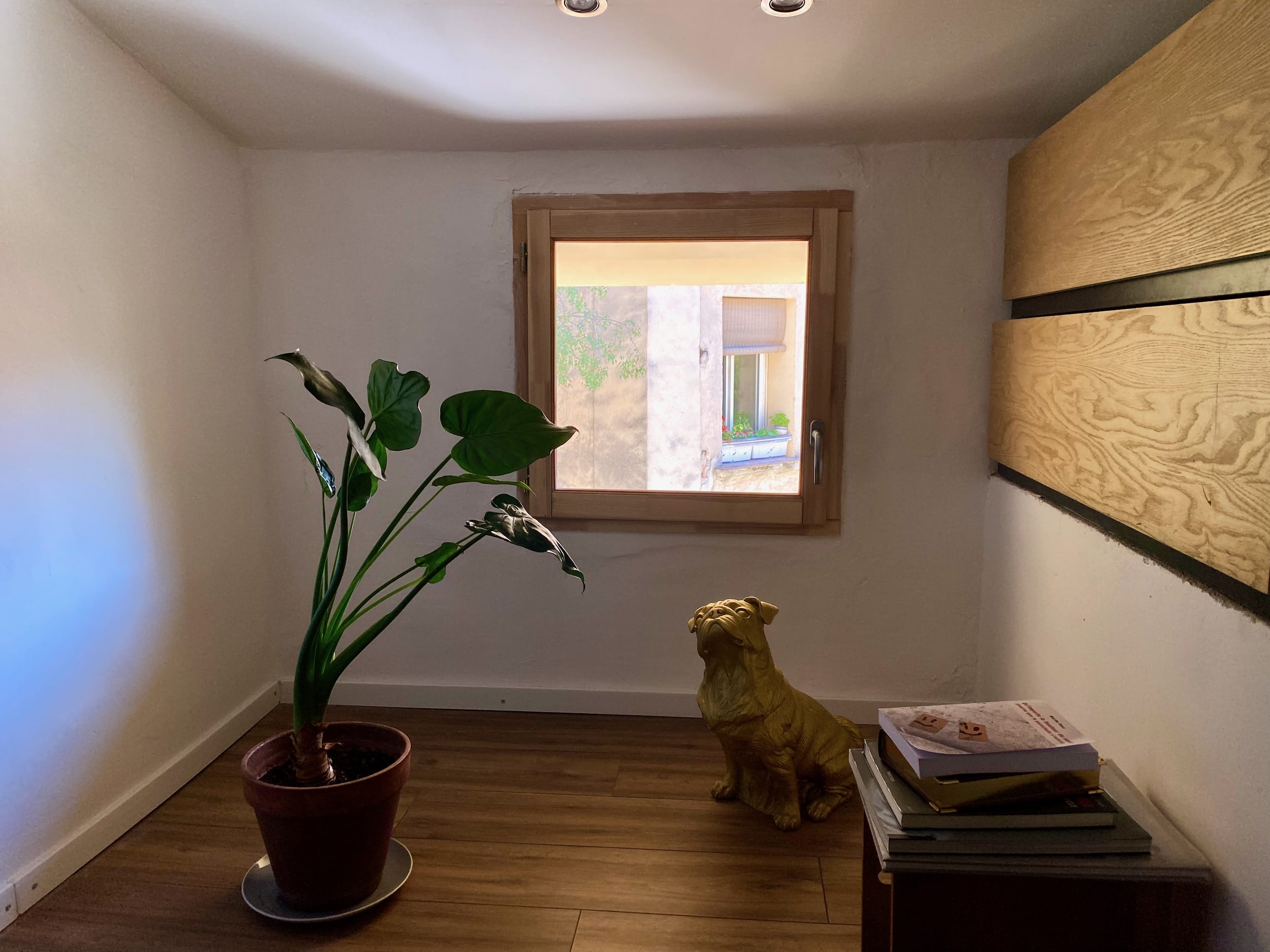

Top: Left: We're very grateful when the places we stay have extra little hiding places we can each steal away to do work or read. Remember kids, don't forget to bake in some alone time when you're traveling with someone 24/7. Bottom: Right: Potentially the corniest stock photo I have seen.
Interlude on Using Google Translate in The Wild
“Machine translation is solved,” they say. “… at least for easy language pairs,” they add.
Traveling around places where I either barely or don’t understand the language has made me realize how much context you need to translate things well.
For example, if you’re trying to pay the bill in Spanish, you learn that you do this by saying la cuenta.
If you ask Google Translate how to say “the bill” or “the check,” it will tell you:
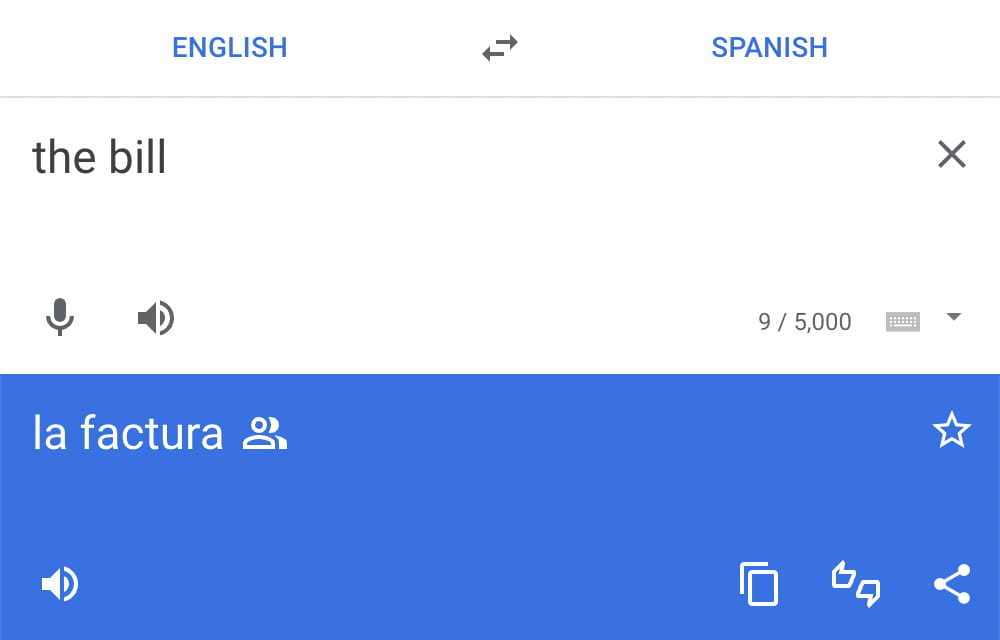
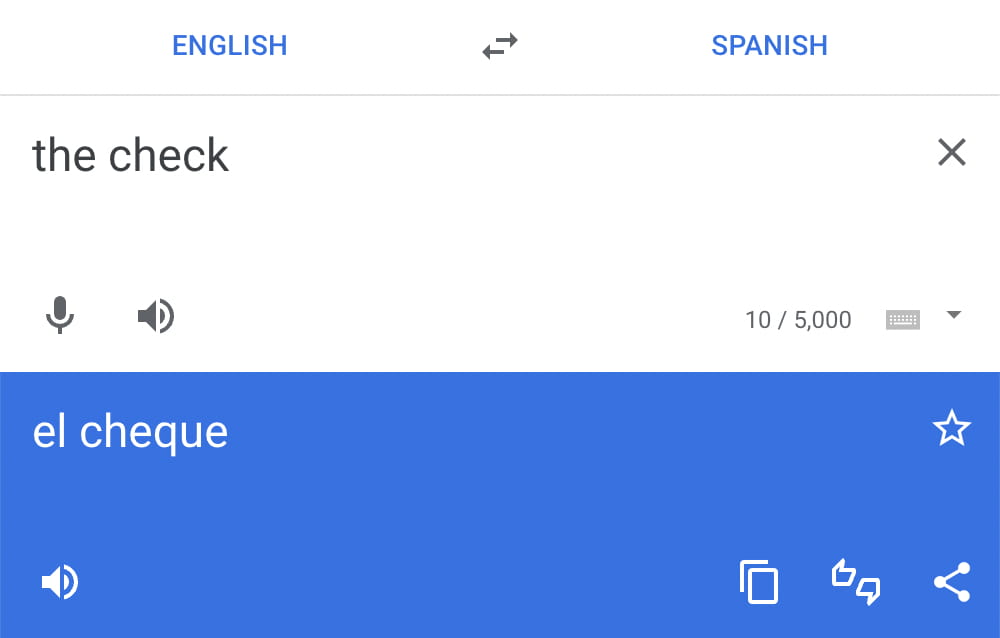
You need to add “please” on there for it to understand what your intent is:
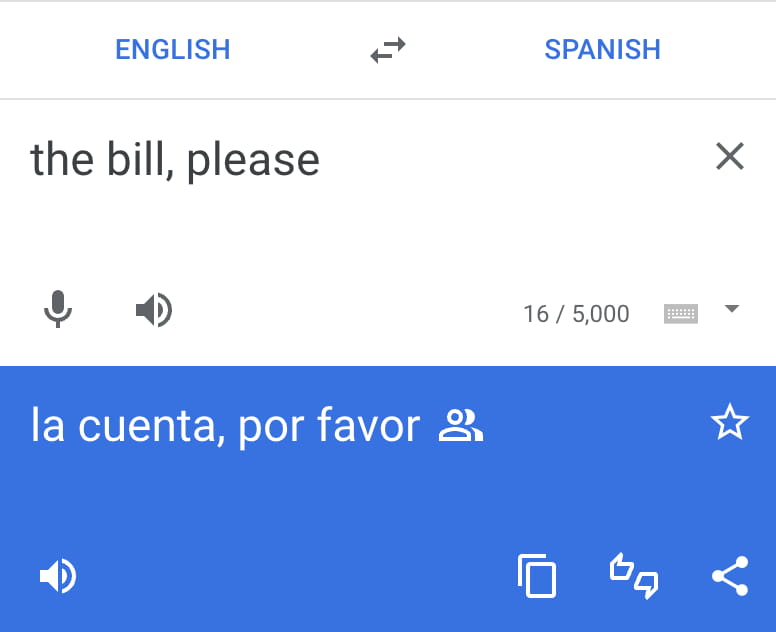
Here’s one from France. We saw this bus painted with a huge le car.
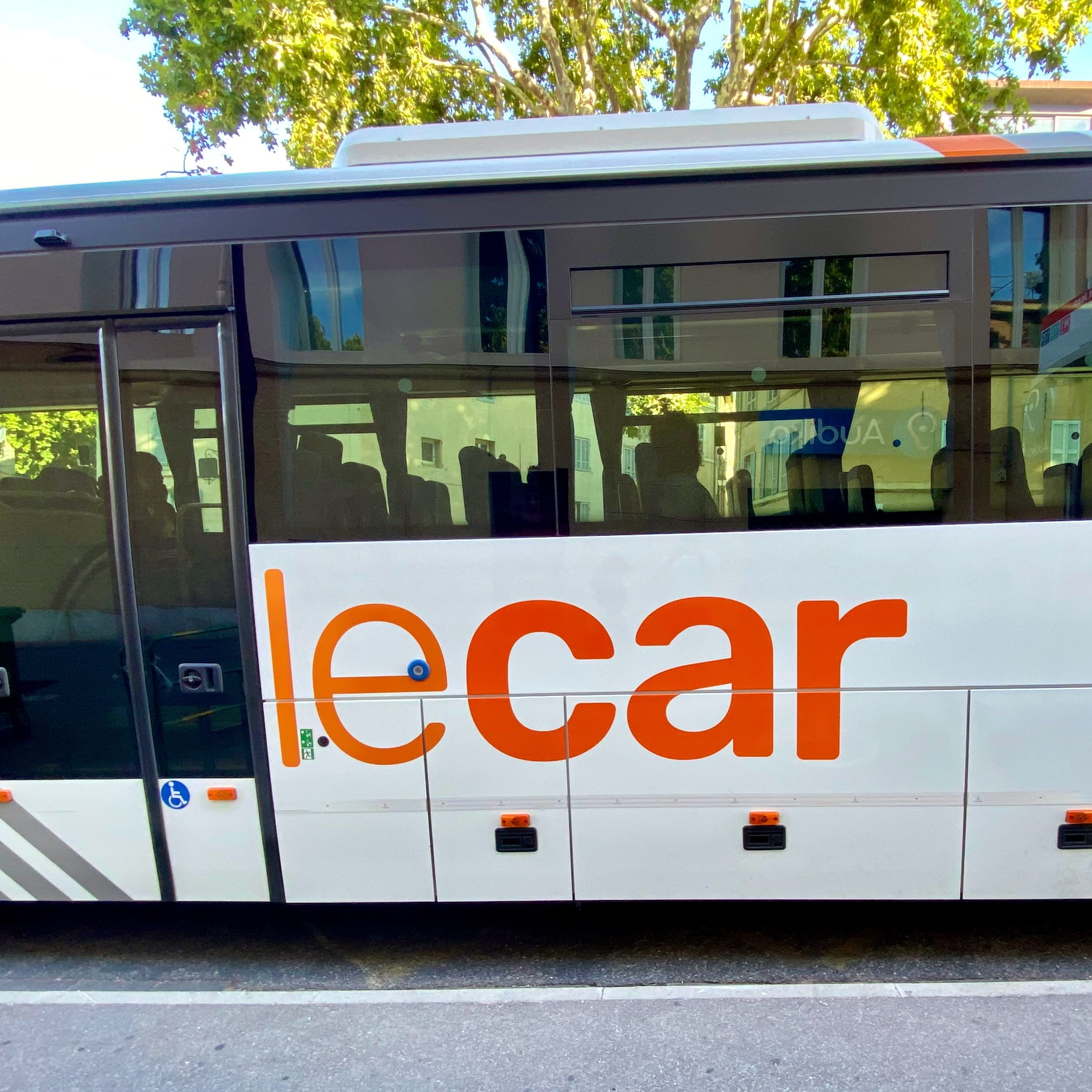
What does that mean?
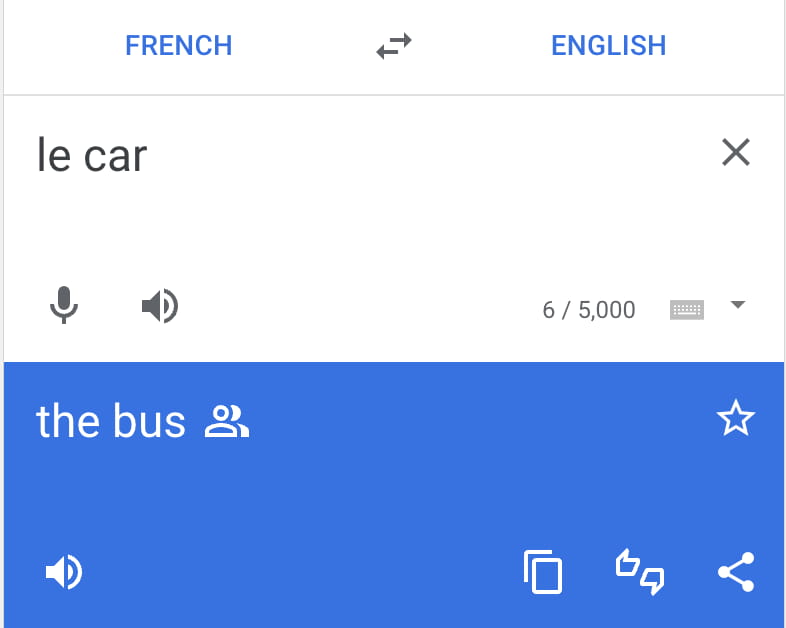
Yes, very intuitive France, thanks. But try going the other way:
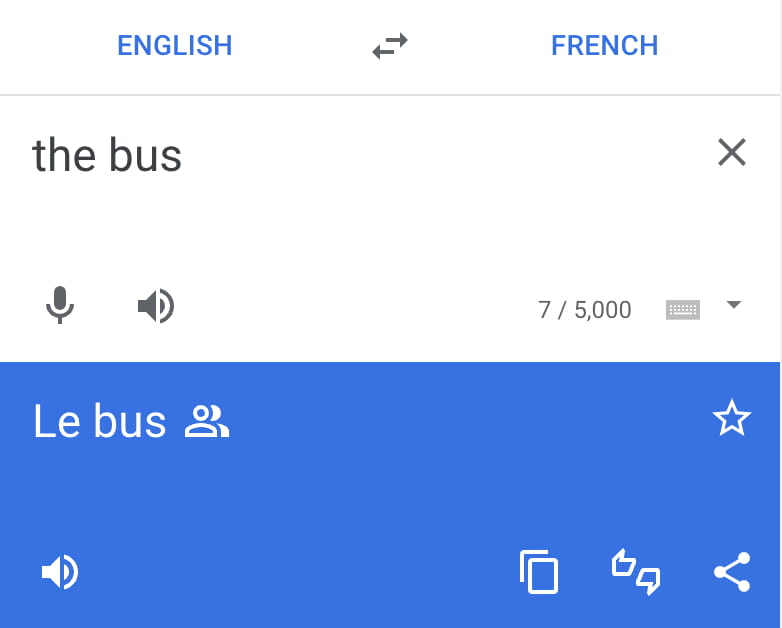
Wonderful.
Now, Google Translate does have a great feature where you can see alternate translations. However, it doesn’t always show them to you. You seem to need to come up with specific incantations to see them. If you provide “the bus”—which you might think to do for languages like Spanish or French that love having words like “the” before nouns—it won’t give you any other options. But, if you just write “bus,” then below, you’ll see other options:
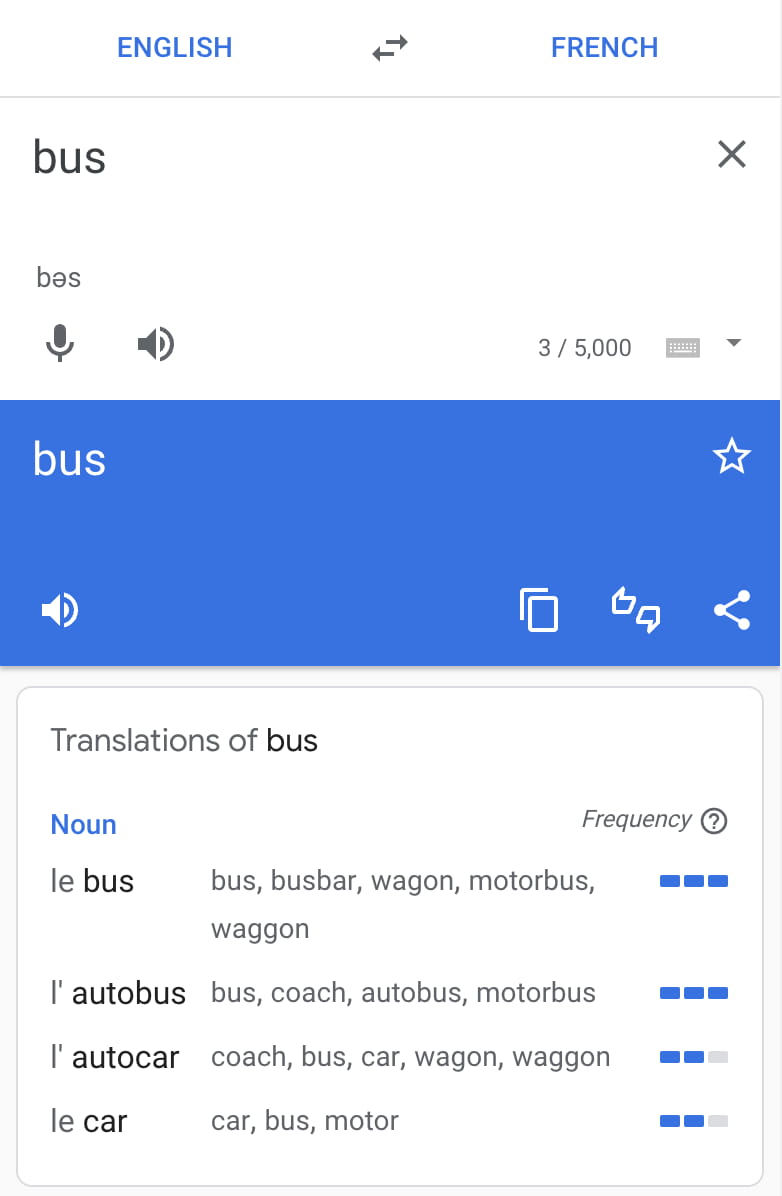
The frequencies are a great touch (though unfortunately they don’t show up on the iPhone app).
It’s funny, when you’re working on NLP,01 you just want to focus on getting good data, using cool models, and getting good scores. It’s annoying when people come by and say stuff like (pushes glasses up on face) “actually, machine translation is really a human interface problem, if you think about it. We’ve done user studies that show…” (machine learning person zones out here).
But they’re right. Actually using NLP is all about context. Once you try using one of these things on the ground, you see how much intent matters. What are you trying to achieve? Are you trying to pay your tab at a restaurant, or are you asking about a parking ticket? Are you trying to ask when the bus comes, or are you just curious about when a French person would use le bus vs le car?"
Wine Growing Countryside
We took a bus like an hour east out of Aix to try to walk up a mountain and do wine tasting at a winery.
The mountain’s fire risk was apparently high enough they’d closed the whole thing off, so we just walked through a bunch of fields. They seemed awful like people’s property, but AllTrails said it was cool.
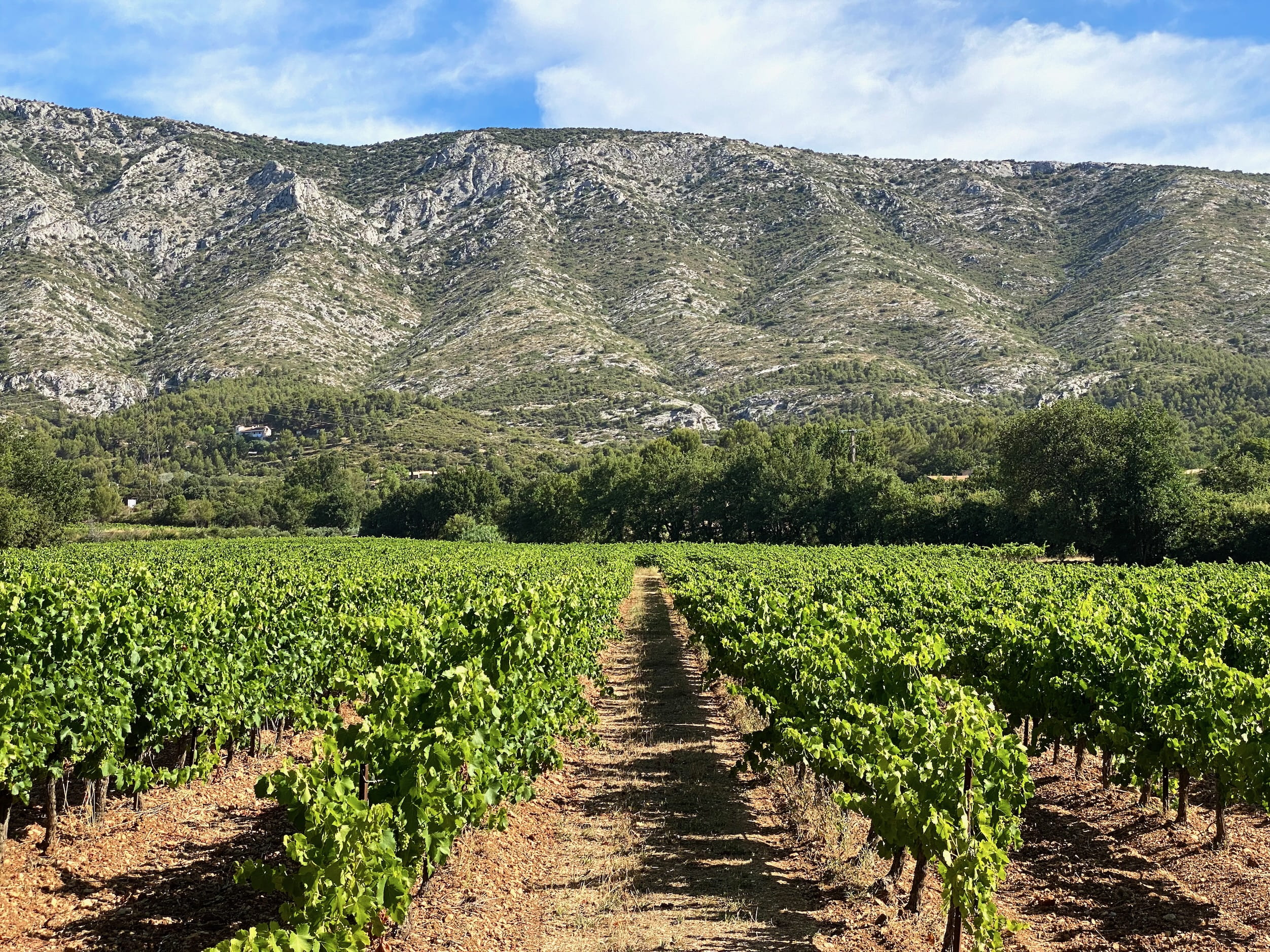
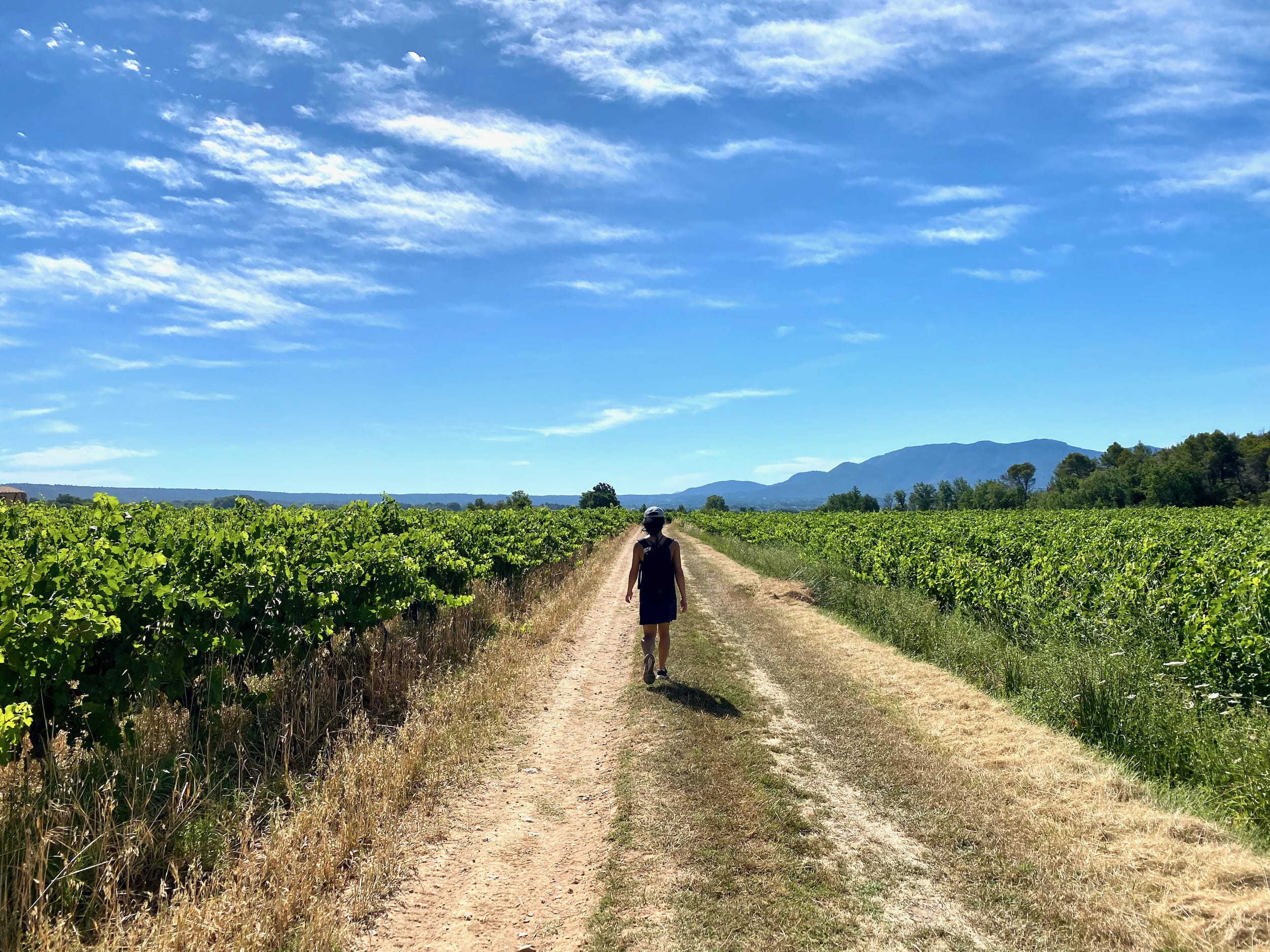
It turned out the winery was more of a “try before you buy” kinda situation. So more interested in wholesale purchasers and less in providing a leisurely afternoon with accoutrements etc. We hurriedly gulped our sample glasses under the frequent gaze of the single woman on duty in the warehouse front room, bought a bottle (cheap! no regrets!), and went out to wait for the bus back in the boiling shade.
Domino’s in France Europe is Terrible
OK, look, I’m not even going to defend this one. We tried Domino’s pizza in France.
But hear me out, there’s a certain wonder to truly hot Domino’s in the USA, with their oregano corn starch dusting and puffy crusts and plentiful molten cheese.
The flavors in France are at least interesting, so we were cautiously optimistic:
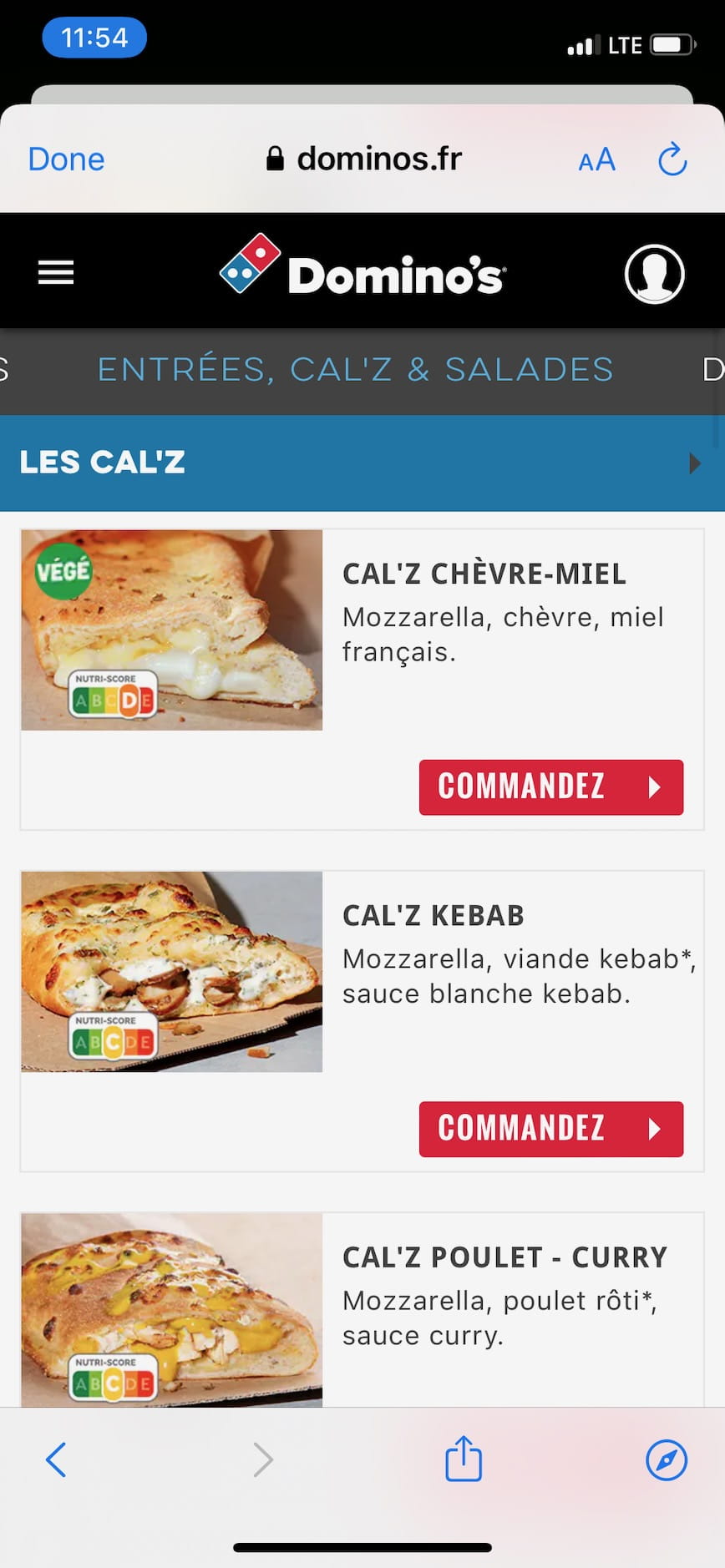
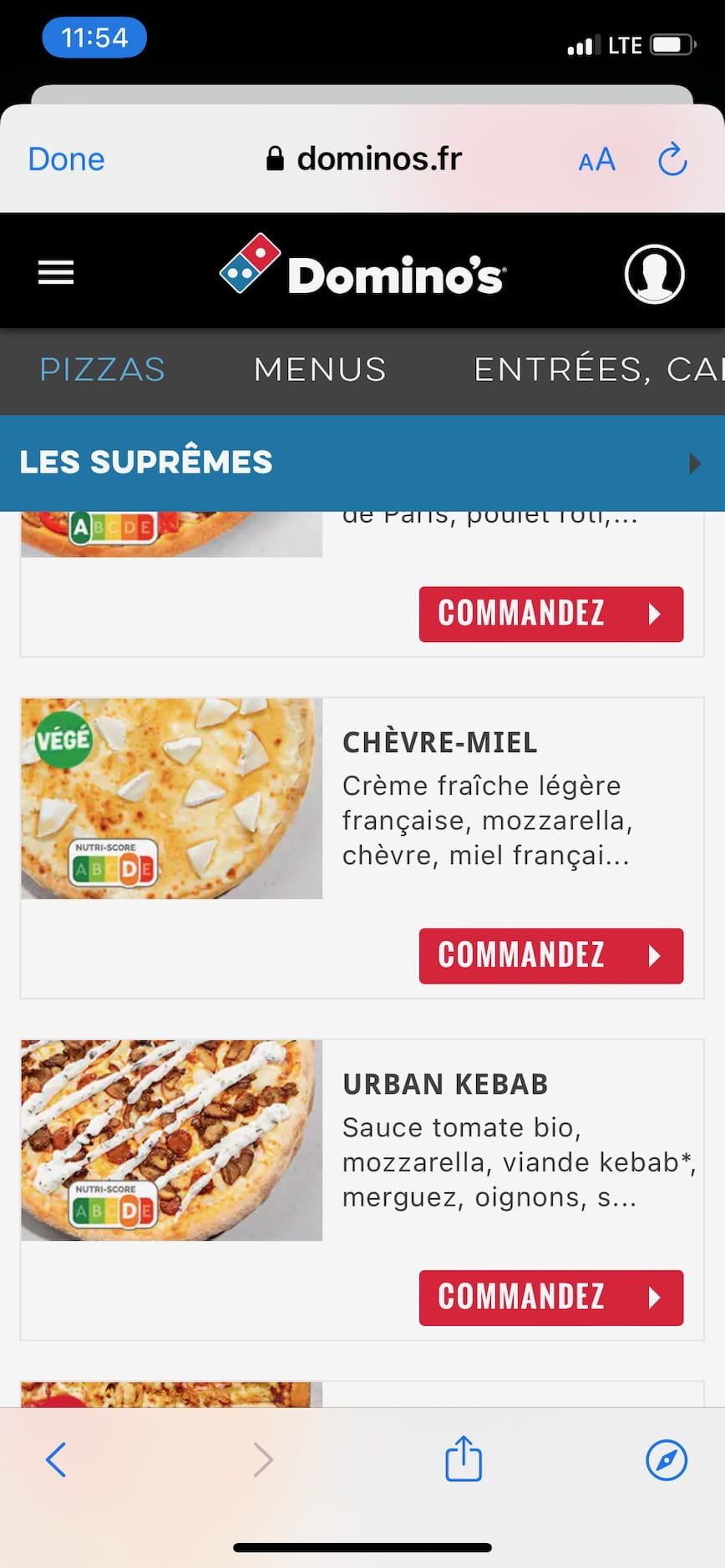
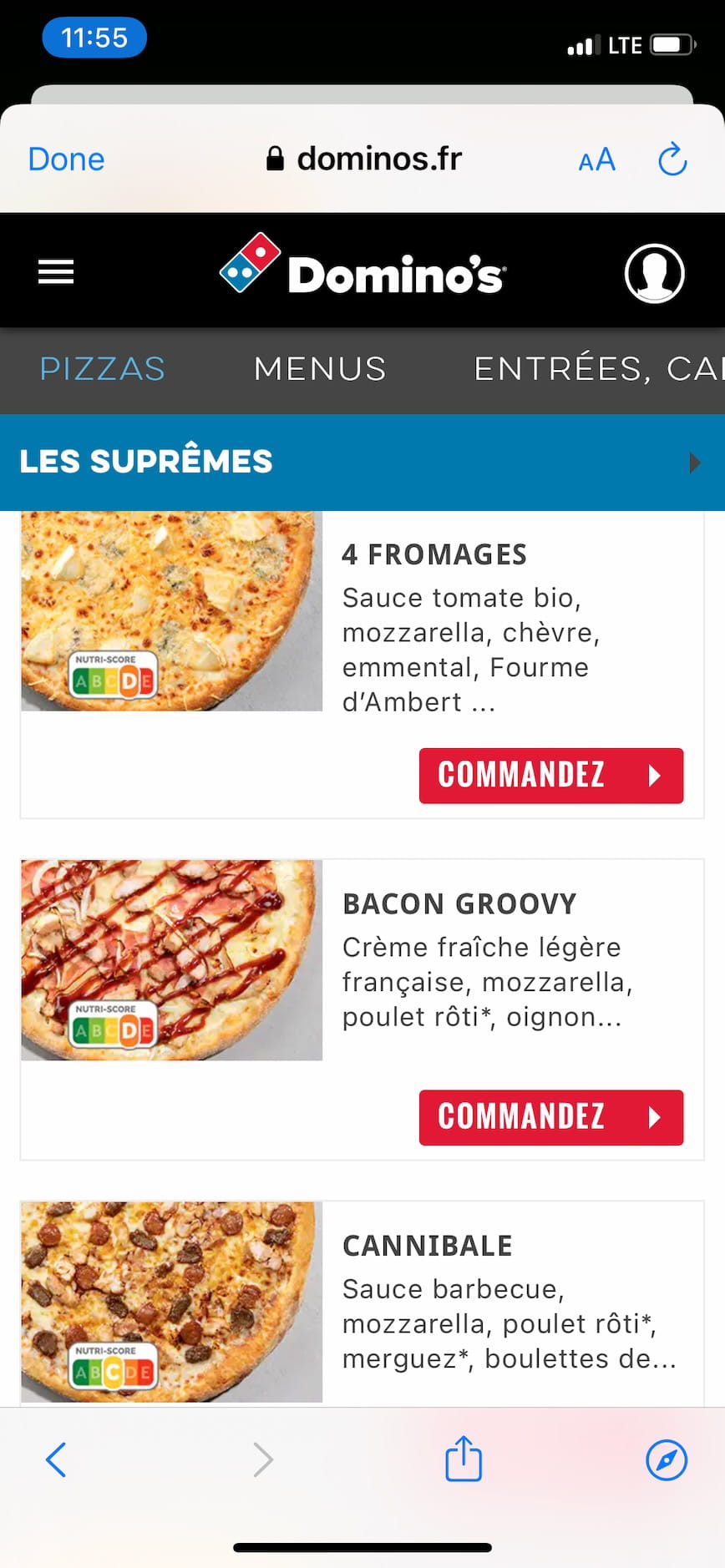
I am impressed by that they had so many interesting and weird cheeses at freaking Domino's. Imagine one in the US offering blue cheeses on the pizza. "Kebab" flavor odd but somehow appropriate. Side note: there seems to be some obsession here with plating anything with sauce using those big frantic squiggles over the whole area. I thought we outgrew that as a society.
The result, dear reader, was bad. Okay, did we eat the whole thing anyway, maybe. But we won’t do it again.
I updated the title above to Europe because Domino’s in the UK appears equally bad.
Let me offer some photos from Domino’s itself to demonstrate the difference.
USA Domino’s is its own food genre, in the same way that Taco Bell is not Mexican Food, it is its own thing. Their pizza is not “New York pizza” or anything like that. It’s more like a particularly good formula of cheesy bread.

Domino's USA (source: Domino's)
Europe Domino’s on the other hand seems to be trying to go more “classic pizza.” One hypothesis is that people here are used to pizza looking a certain way, and the thing on the top wouldn’t be pizza to them. So instead you end up with:

Domino's Europe (source: Domino's)
But it tastes like it looks: like mediocre frozen pizza.
Marseille Day Trip
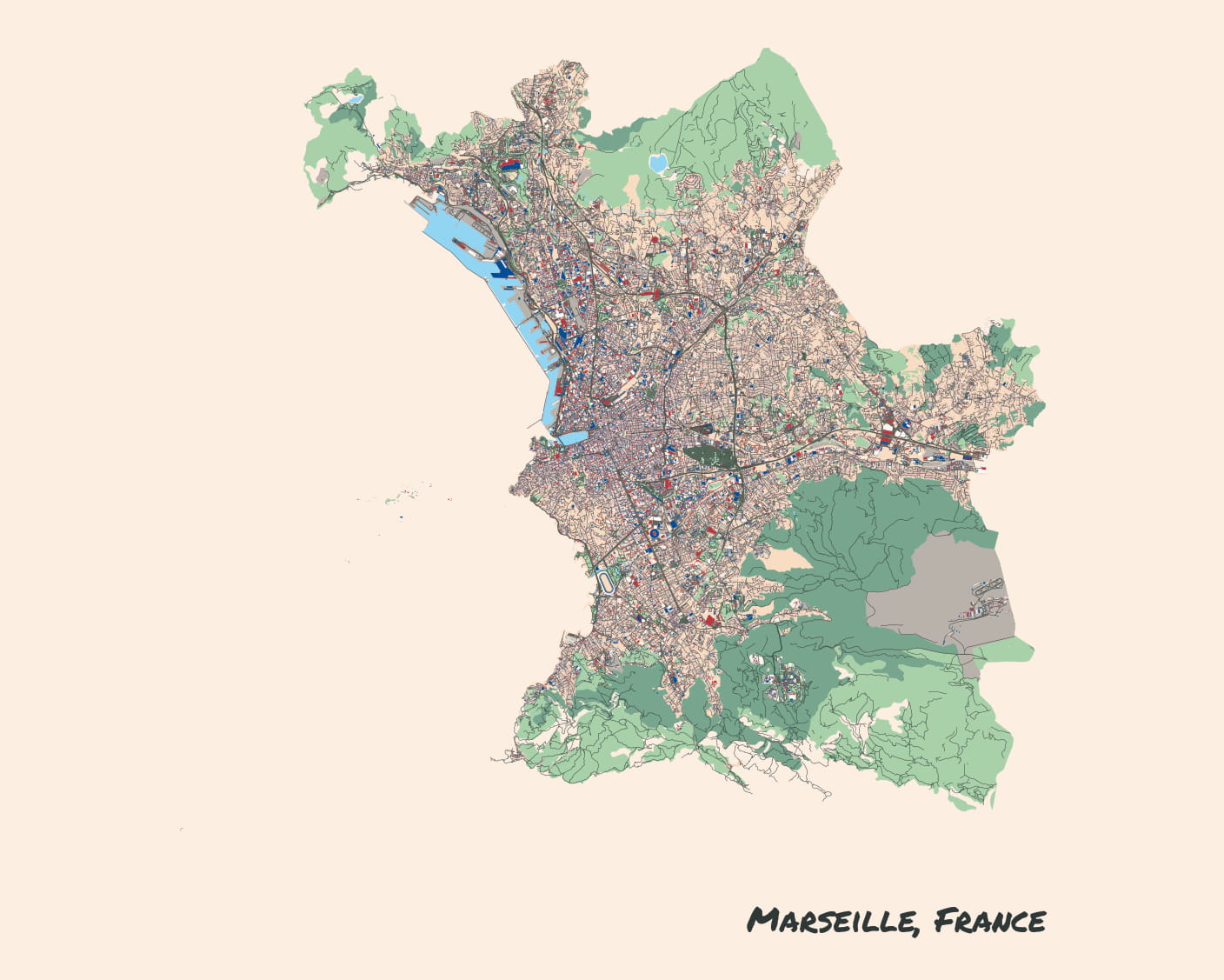
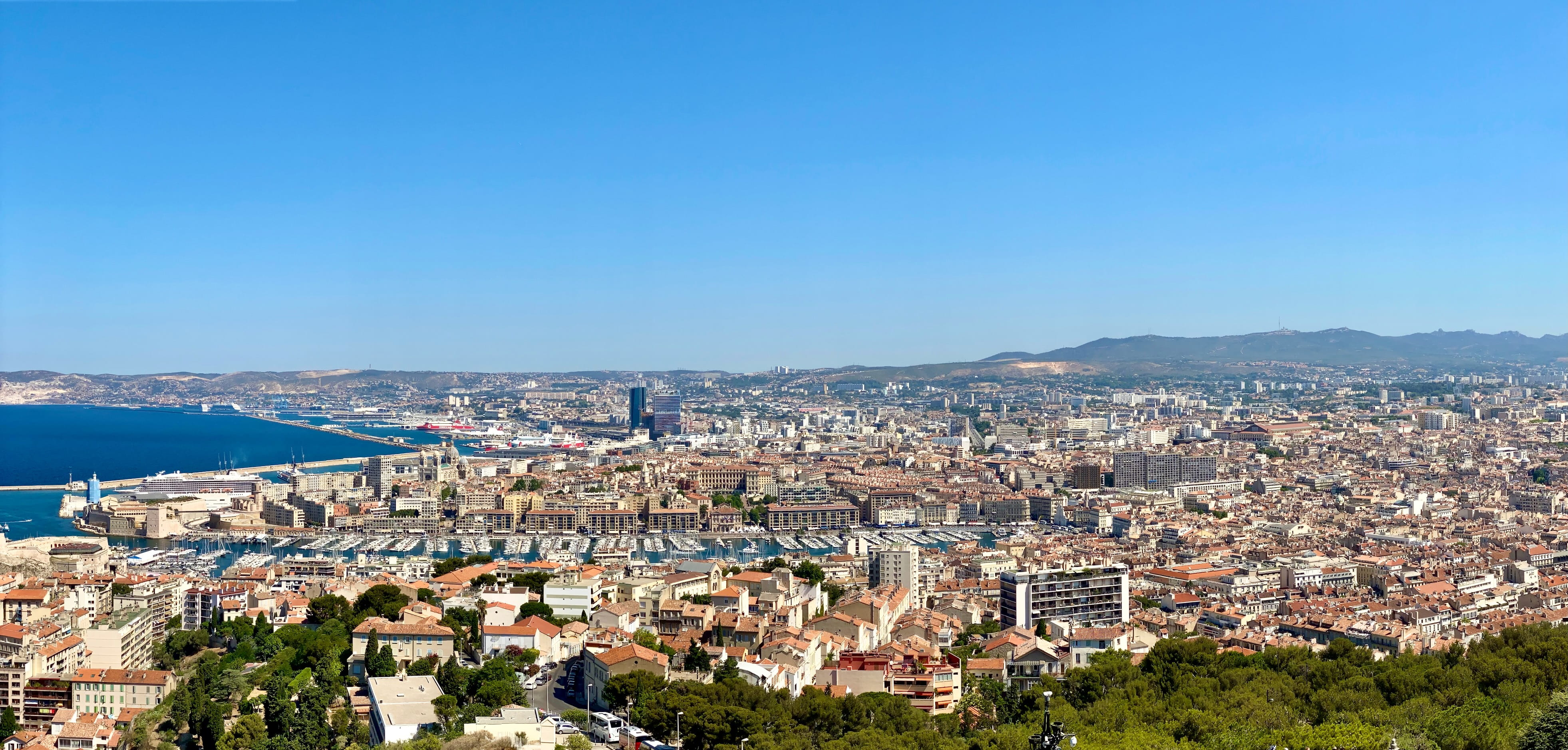
Marseille is on the southern coast of France. It’s the country’s second most populated city (after Paris duh).

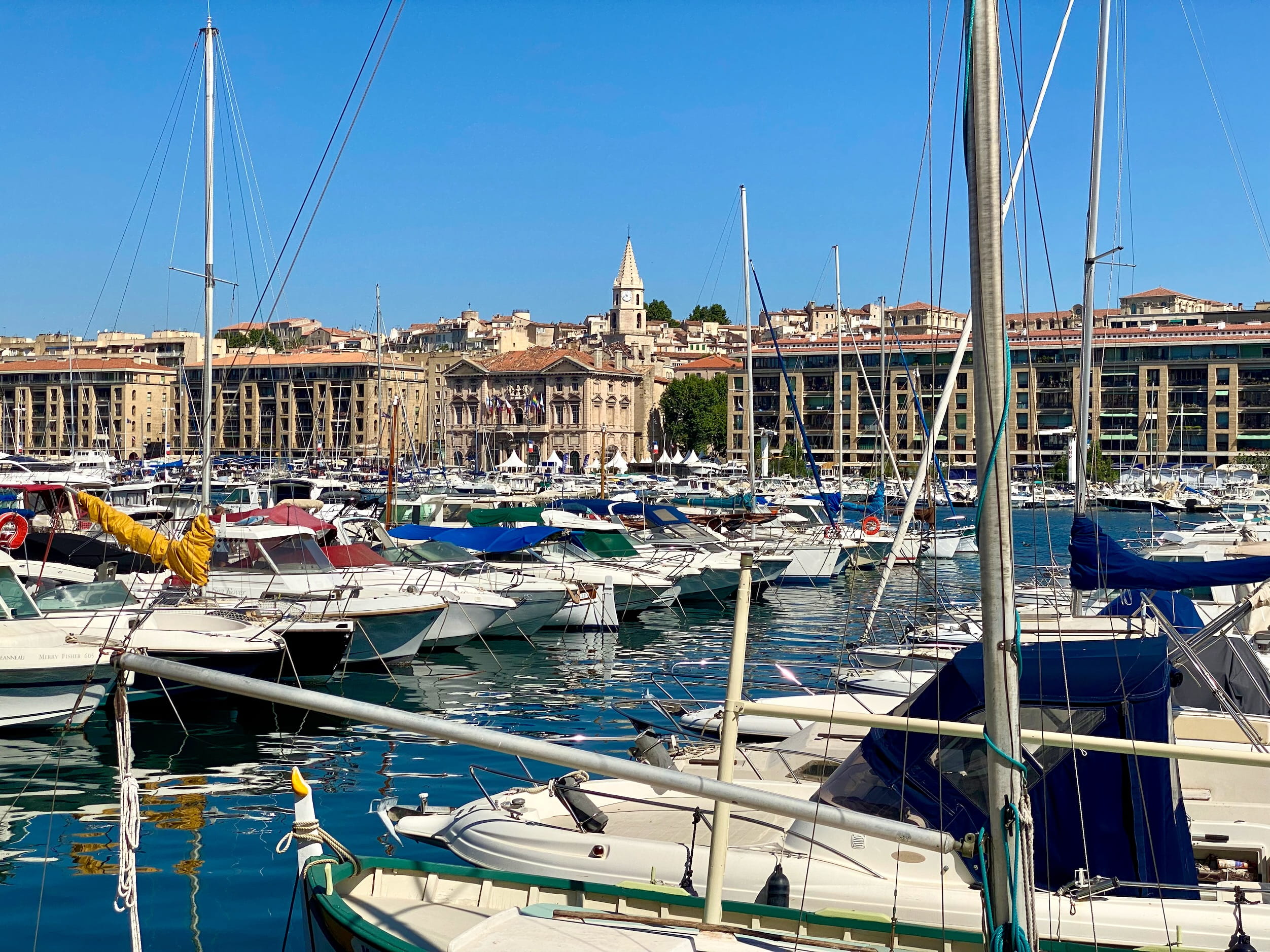



This thought I keep having when we come across really beautiful public areas like this is: do people who grow up here think it's totally wild that they have this amazing, elaborate, ornate many-tier fountain / arch / promenade thing, right in the middle of their city, for anyone to use? And the answer I can't help guess is: no, they probably think it's just normal. So then, any other place they go that doesn't have something like this... does it just seem totally run-down?
European Churches
I had a new realization about how to approach European Churches that has been serving me well.
The realization is this: you shouldn’t research them ahead of time or go out of your way too much to see them. But if you stumble upon one, and you feel like it, check it out.
Context: Years ago I got completely and utterly sick of looking at European churches. Maybe it’s because I was a decade younger, or maybe it’s because I just saw too many too close together, but they got to be so boring.
“Oh great, another church”
— Late teen / early 20s Max, frequently
Before going on this trip, I even made Julie promise, hey, we are not going to look at a bunch of damn churches. Or you can and I’ll wait outside.
But now that we’re here, it’s like we’ll be walking along the street, and suddenly, holy crap, that building is enormous, and totally beautiful.
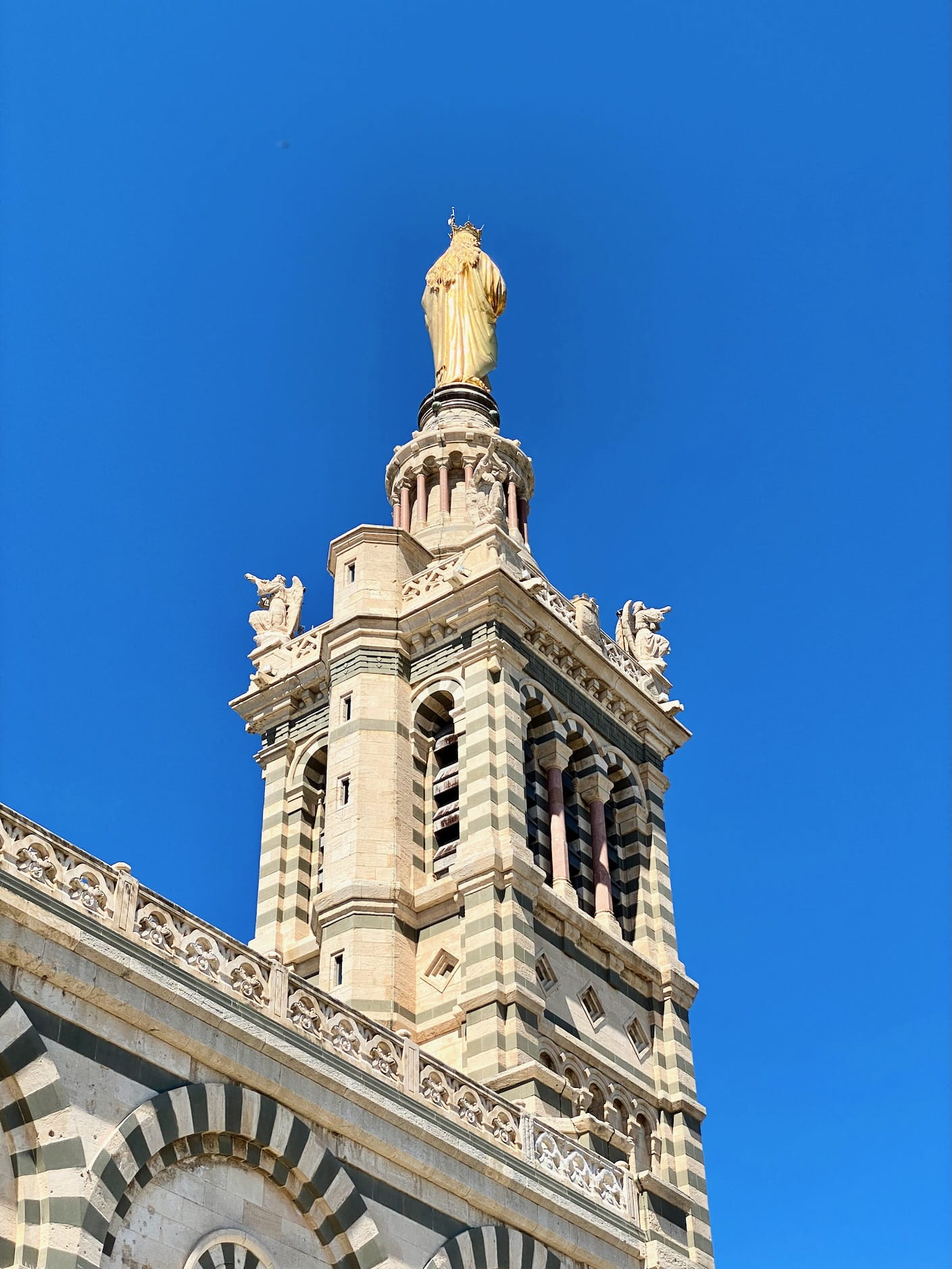
Then, you go inside, and your eyes start melting from the fractal details carved & painted into a thousand surfaces everywhere you look.
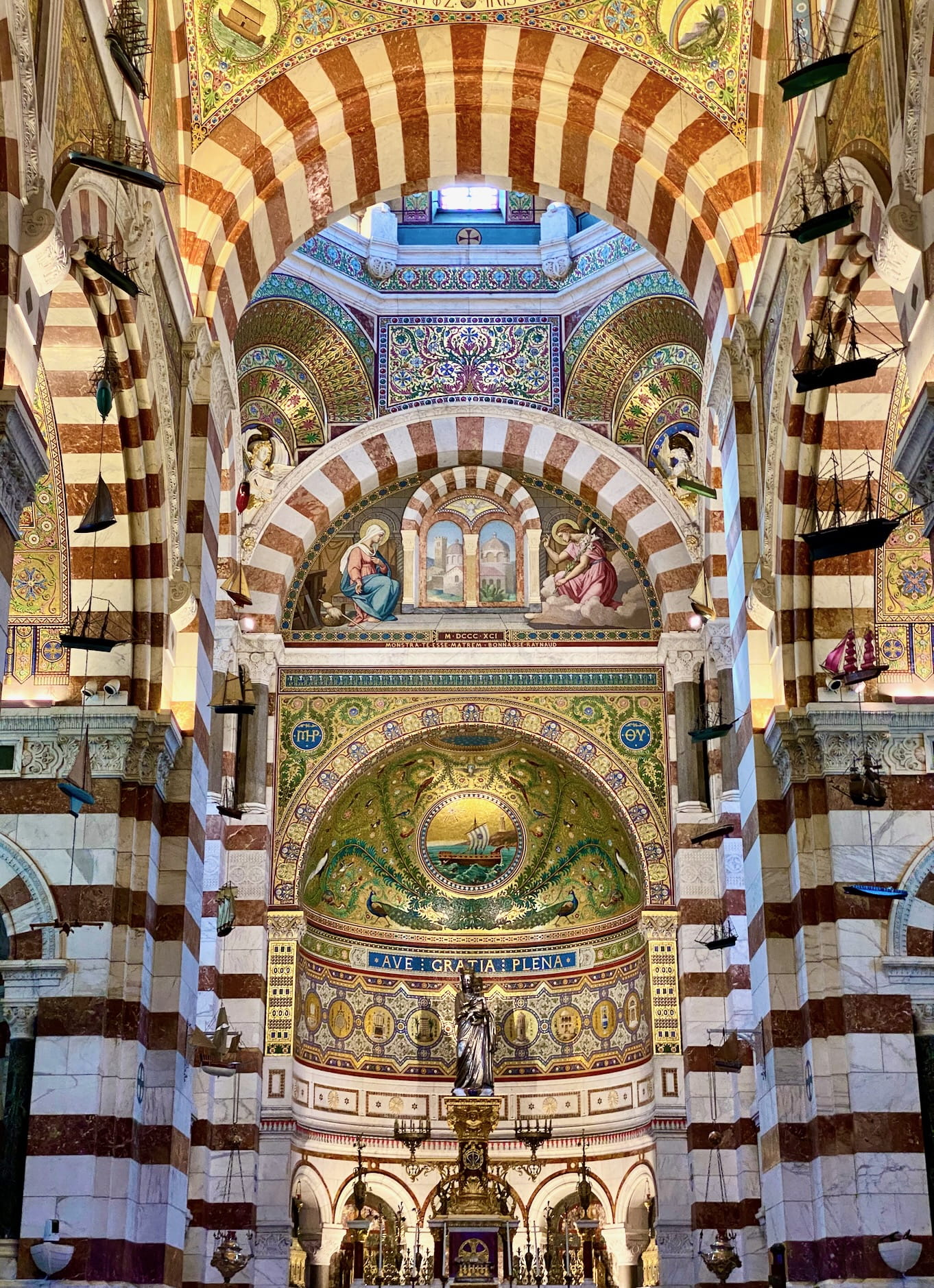
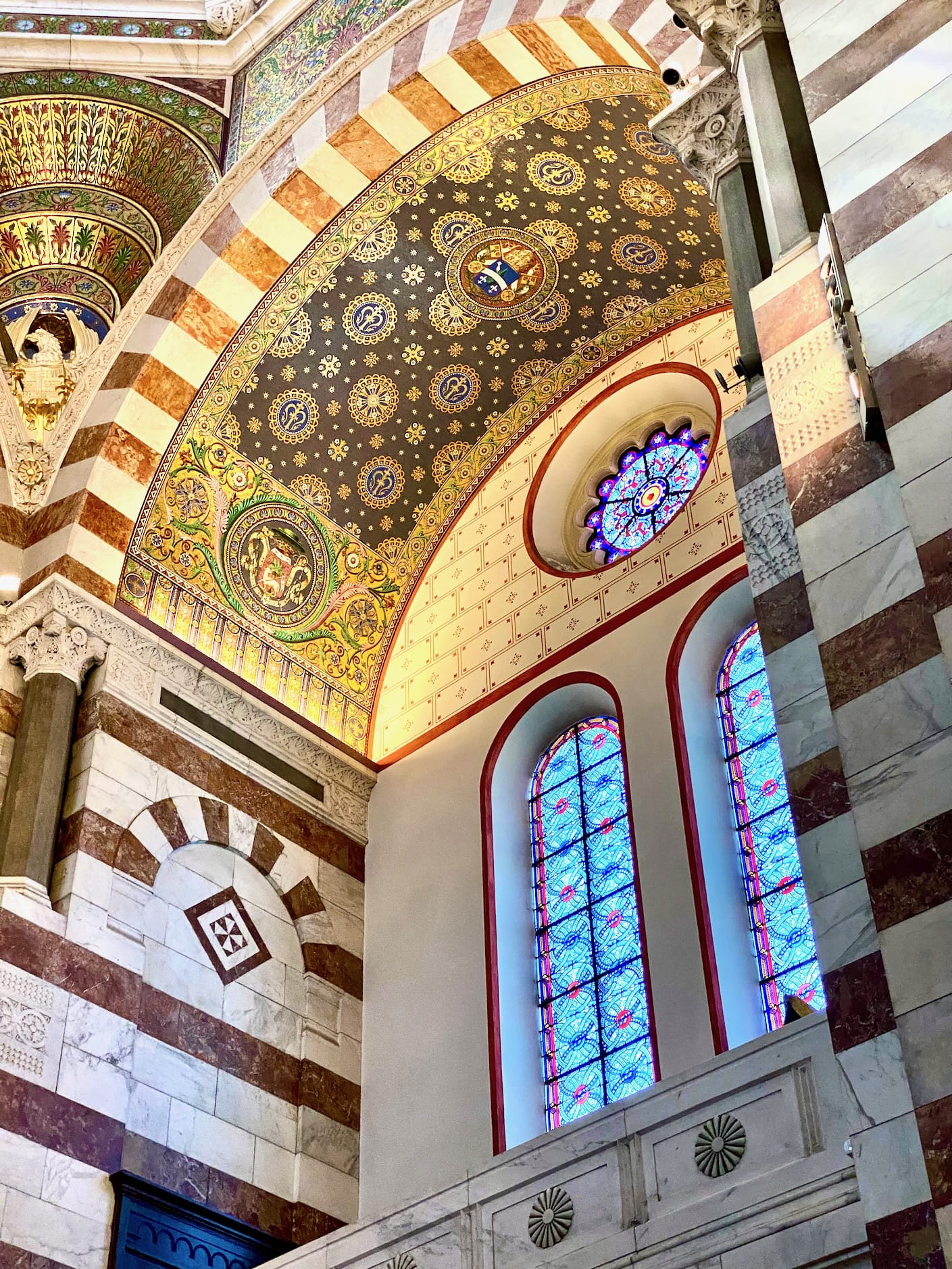
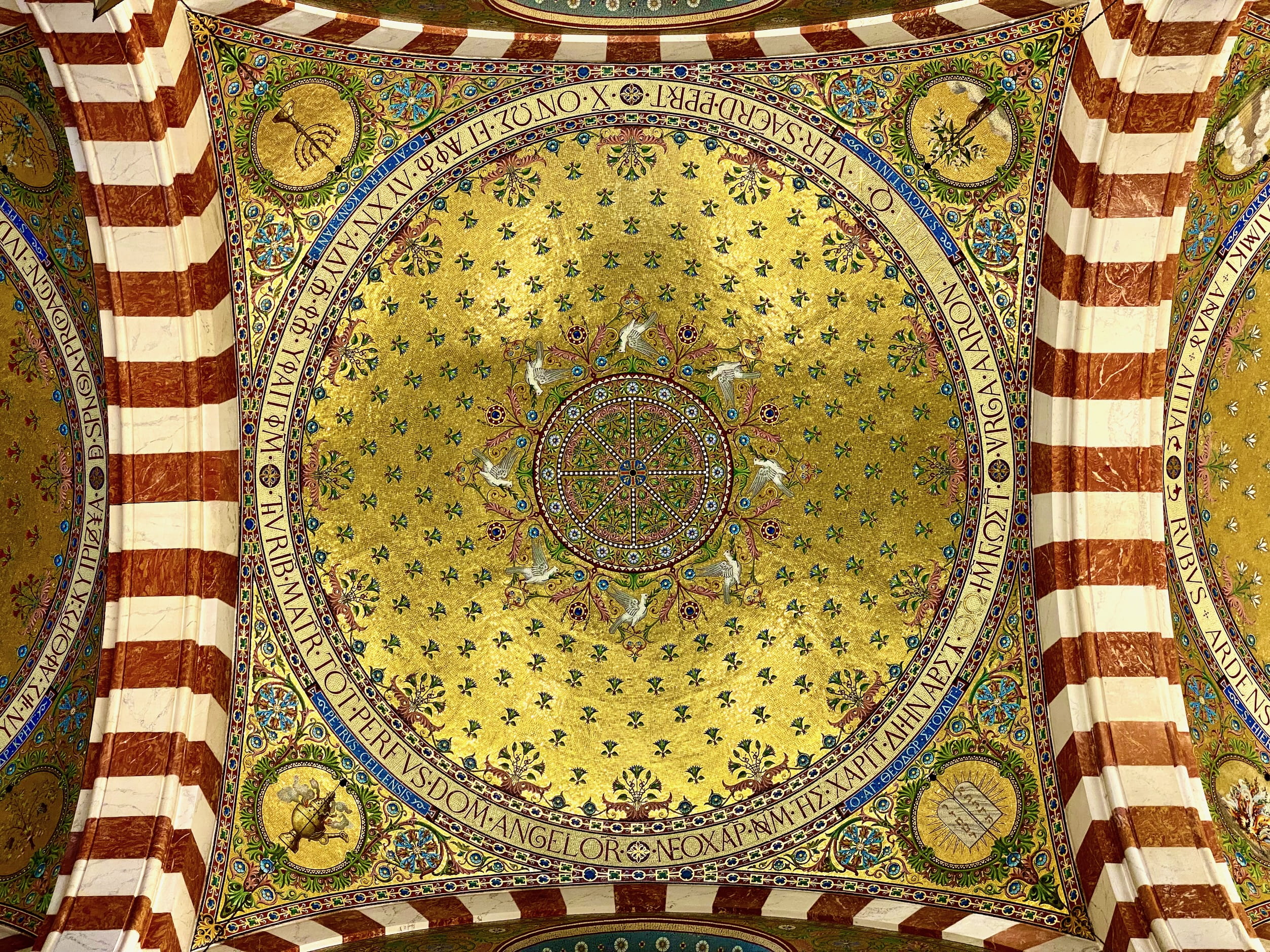
I think the trick is that I’m walking around so much looking at and staying in “normal” (boring, ultra plain) buildings, that coming across a big ornate church is like an information overload bomb of scale and detail and beauty.
Or honestly maybe I’m just old now.
Footnotes
NLP = Natural Language Processing, the field that underlies the study of topics like machine translation, AKA Google Translate. ↩︎